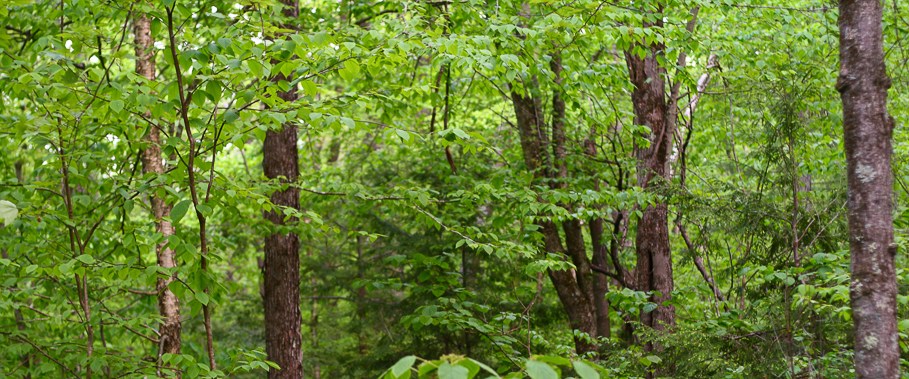Abisko, Sweden

Methane cycling and pathways to carbon liberation from thawing permafrost: integrating from genes to ecosystem to understand feedbacks to climate change
A fundamental challenge of modern biology is to understand how information encoded in the genes of organisms translates into physiological and biogeochemical processes manifested at ecosystem to global scales. A parallel challenge of earth system sciences is to understand how earth systems will respond to climate change. These grand challenges intersect in the need to understand the global carbon cycle, which is both mediated by biological processes and a key driver of climate through the greenhouse gases carbon dioxide (CO2) and methane (CH4).
This DOE-funded project (see our continuation proposal, “Pathways to carbon liberation: a systems approach to understanding carbon transformations and losses from thawing permafrost”) focuses on understanding the biological and earth system science aspects of CO2 and CH4 cycling at the leading edge of global changed a subarctic wetland system where climate change-induced permafrost melt is transforming methane sinks into sources. Our research goals are: (1) to discover functional relations for scaling microbial community composition and metabolism to the ecosystem biogeochemistry of CO2 and CH4; (2) to learn how these relations are affected by shifting climate, hydrology, and vegetation, and (3) apply this knowledge to better understand and predict changing carbon budgets (especially the fate of old versus new carbon) in subarctic ecosystems already experiencing climate change.
The field site for this work is at Abisko Scientific Research Station in northern Sweden, and the project involves a large group of collaborators:
- Scott Saleska and Virginia Rich at the University of Arizona
- Patrick Crill, Stockholm University, Sweden
- Jeff Chanton, Florida State University
- Gene Tyson, Queensland University, Australia
- Steve Frolking, Changshen Li, Carrie McCalley, and Ruth Varner, University of New Hampshire
Publications of the project include:
McCalley, C.K., Woodcroft BJ, Hodgkins SB, Wehr, R.A., Kim EH, Mondav, R.; Crill PM, Chanton J, Rich VI, Tyson GW, Saleska SR, 2014. Methane dynamics regulated by microbial community response to permafrost thaw, Nature, doi:10.1038/nature13798.
Hodgkins, S.B.u00a0 M.M. Tfaily, C. K. McCalley, T.A. Logan, P.M. Crill, S.R. Saleska, V.I. Rich, and J.P. Chanton. 2014. Changes in peat chemistry associated with permafrost thaw increase greenhouse gas production. Proc. Nat. Acad. Sci. 111 (16): 5819-5824.
Mondav R, Woodcroft BJ, Kim EH, McCalley CK, Hodgkins SB, Crill PM, Chanton J, Hurst GB, Verberkmoes NC, Saleska SR, Hugenholtz P, Rich VI, Tyson GW.u00a0 2014. Discovery of a novel methanogen prevalent in thawing permafrost. Nature Communications. 5: 3212.


Recent Comments